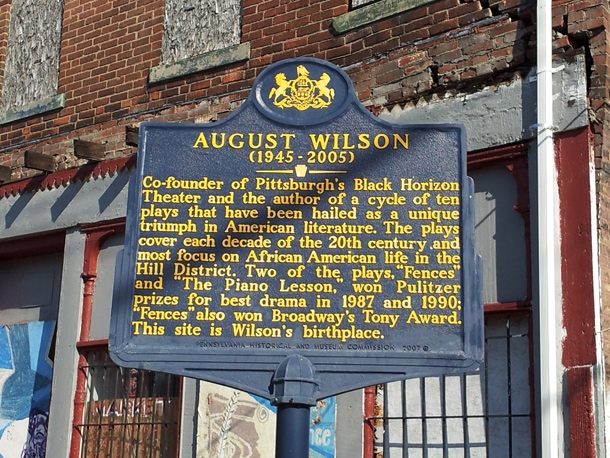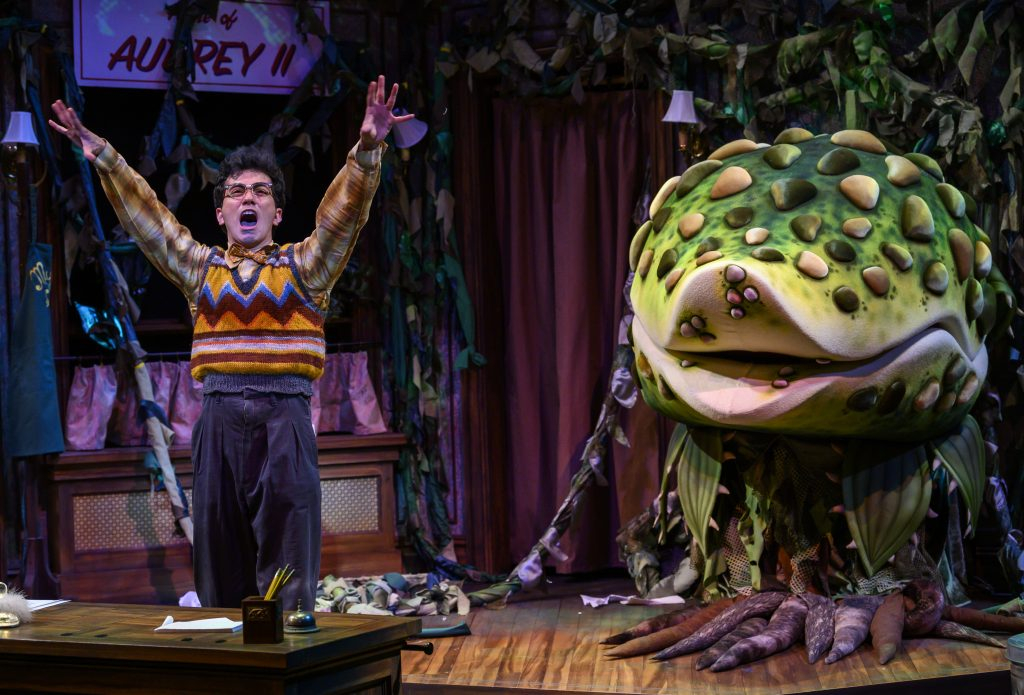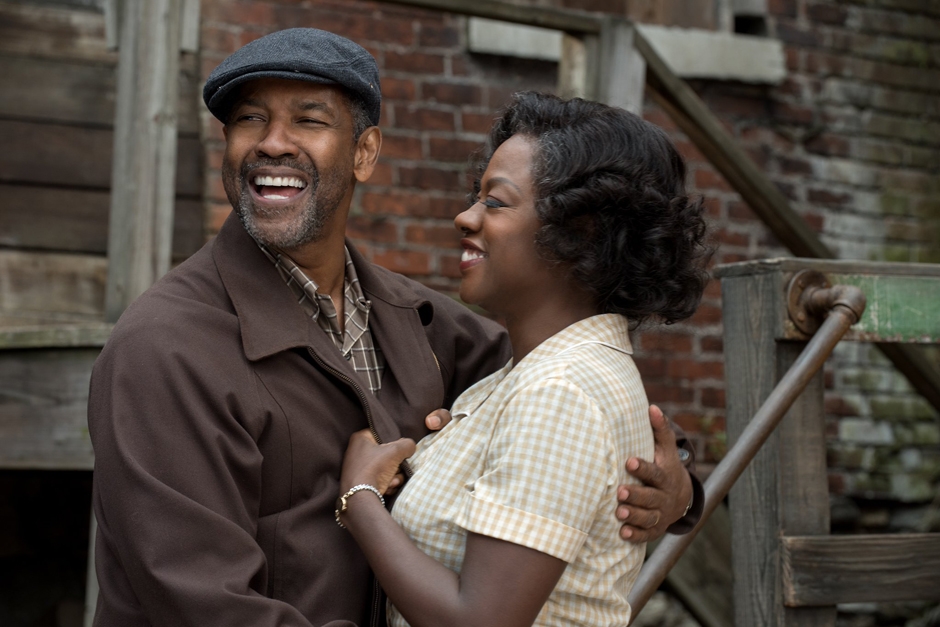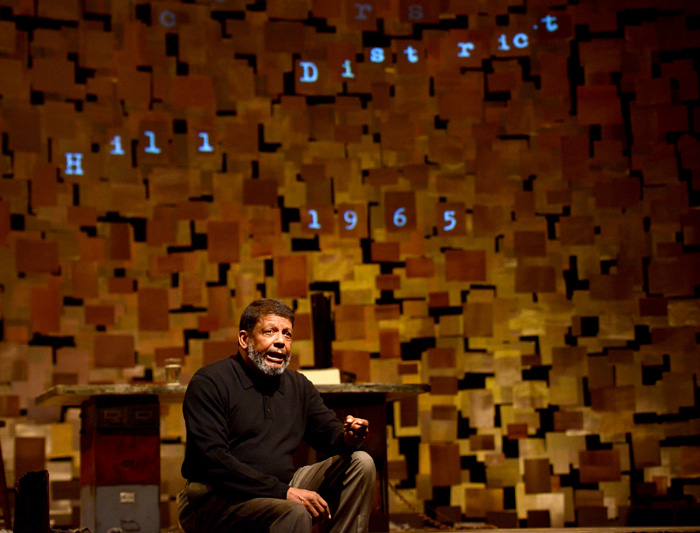

By: Seth Culp-Ressler | Features Editor
How I Learned What I Learned, August Wilson’s final play, has at last come home. The Pittsburgh-born, Pulitzer Prize winning playwright’s piece has seen the stage in Seattle, Aspen, Chicago, New York City and Atlanta. But until its opening a week ago at the Pittsburgh Public Theater it had not yet felt the lights of the Steel City.
Todd Kreidler, who graduated from Duquesne with a bachelors in English and philosophy in 1996, is the director of the one-man play, but he also played a formative role in the original creation of the piece. After befriending Wilson while he was originally at Pittsburgh Public Theater, Kreidler helped to co-conceive the play – which takes place in the Hill District in 1965 – in Wilson’s basement.
“It’s not something I cobbled together about him,” Kreidler said. “He wrote the material and I helped him shape it and he performed it originally. And largely it’s about his life as a 20-year-old poet.”
Indeed, Wilson himself performed the play in Seattle, Aspen and Chicago. Those performances were, as Kreidler put it, done in more of a “lecture format.” It took 10 years before Kreidler decided to use an actor for the play, the first version of which was performed in New York City with Ruben Santiago-Hudson. Eugene Lee, the actor in the current incarnation, first did the production in Atlanta last fall.
The Pittsburgh production is taking place at the Pittsburgh Public Theater, a place where Kreidler himself worked before leaving to pursue his career in writing. Rob Zellers, who has been the Director of Education at the theater for 26 years, became good friends with Kreidler when the two of them worked together. Zellers said that having Kreidler back is a treat, and that his return to his “home” is an oft seen theme with artists.
“I was certainly aware, I think this is true in most artists, I was certainly aware that working back here in Pittsburgh in a meaningful way was very important to him,” Zellers said.
Zellers also pointed out that the connection that formed between Wilson and Kreidler was not at all shocking, even if the convergence was not necessarily an obvious occurrence.
“Am I surprised that a man like August Wilson with his judgment and character and wisdom would choose someone like Todd to be his friend and companion? No, I’m not surprised at that at all. It makes perfect sense to me. But who would have guessed that one?” he said.
The defining characteristic of How I Learned What I Learned is its cast – which consists of a list of one. The single male actor does portray Wilson throughout the performance, but Kreidler was adamant in that there isn’t an emphasis on copying the playwright’s every trait.
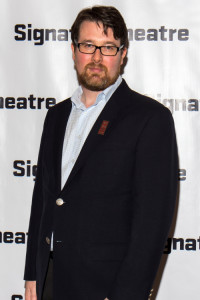
“He’s not doing the Daniel Day Lewis approach to this,” Kreidler said. “He’s not trying to mimic August’s mannerisms or speech or smoke a cigarette like him. But he is trying to conjure August’s presence through his stories. So it’s an evening of storytelling that is arranged theatrically.”
The singular approach to the acting, however, is also one of the more difficult aspects of the performance. This is especially true for Lee, who has multiple challenges to overcome with the routine.
“Fatigue is probably the main factor,” Lee explained, “Cause it’s about 100 minutes of nonstop talking and moving.”
As Kreidler noted, the entire ordeal is really an athletic endeavor for Lee, and requires physical fitness as well a memorization of the lines. That said, there are some elements to the performance that provide a sort of cushion or break, such as music, projections and titling. Kreidler also pointed to the audience as being an integral part of the performance.
“When I say audience it’s not just people in it,” he explained. “The way that they’re addressed it’s almost like they’re part of the community that are participating in the storytelling.”
The story itself is more extensive than the title of How I Learned What I Learned suggests. Kreidler mentioned that Wilson, with the piece being only a one-man show, asserted that it needed a long name to compensate. Officially, the full title of the play is actually How I Learned What I Learned, and How What I Learned Has Led Me to the Places I Wanted to Go, Sometimes Unwillingly, It Is the Crucible in Which Many a Work of Art Has Been Fired.
“That crucible is, you know, literally the stage that he sets for us,” Kreidler said. “But it’s also Pittsburgh, it’s the Hill District, it’s 1965. So the community plays a big factor.”
That community also plays a factor in the ways How I Learned What I Learned was adapted for the Pittsburgh stage. Unlike the previous performances, the audience in Pittsburgh is much more intimately familiar with the setting and characters of the play. As Lee said, it’s possible that there can even be, by name, connections with the attending crowd.
“If I mention certain people’s names they have a familiarity with it,” he said. “Some of the people’s names I mention might actually be in the audience on any given night.”
Kreidler, as the director, said that there were definitely considerations made for the knowledge and experience the audience brings to the theater. They were conscious of the people they would be speaking to, and adjustments were made to the material, staging and set accordingly.
“These are places that are geographically and psychologically familiar to them,” Kreidler said. “So I did do some pencil adjustments to the text. Like, the exact version we’re doing here, when we go to the next city to do it I won’t do it, because the character won’t be speaking, or the actor won’t be speaking, to an audience with the same foundation as here.”
Ultimately, this production of How I Learned What I Learned is a chance to see a completely one-off take on the final work of the late, great August Wilson. The production runs through April 5th, and as the hardworking Lee said, it’s worth coming out to see the show, both for attenders and him alike.
“I just encourage you to come to the play,” he said, “Cause it’s a lot more fun with people in the seats.”


